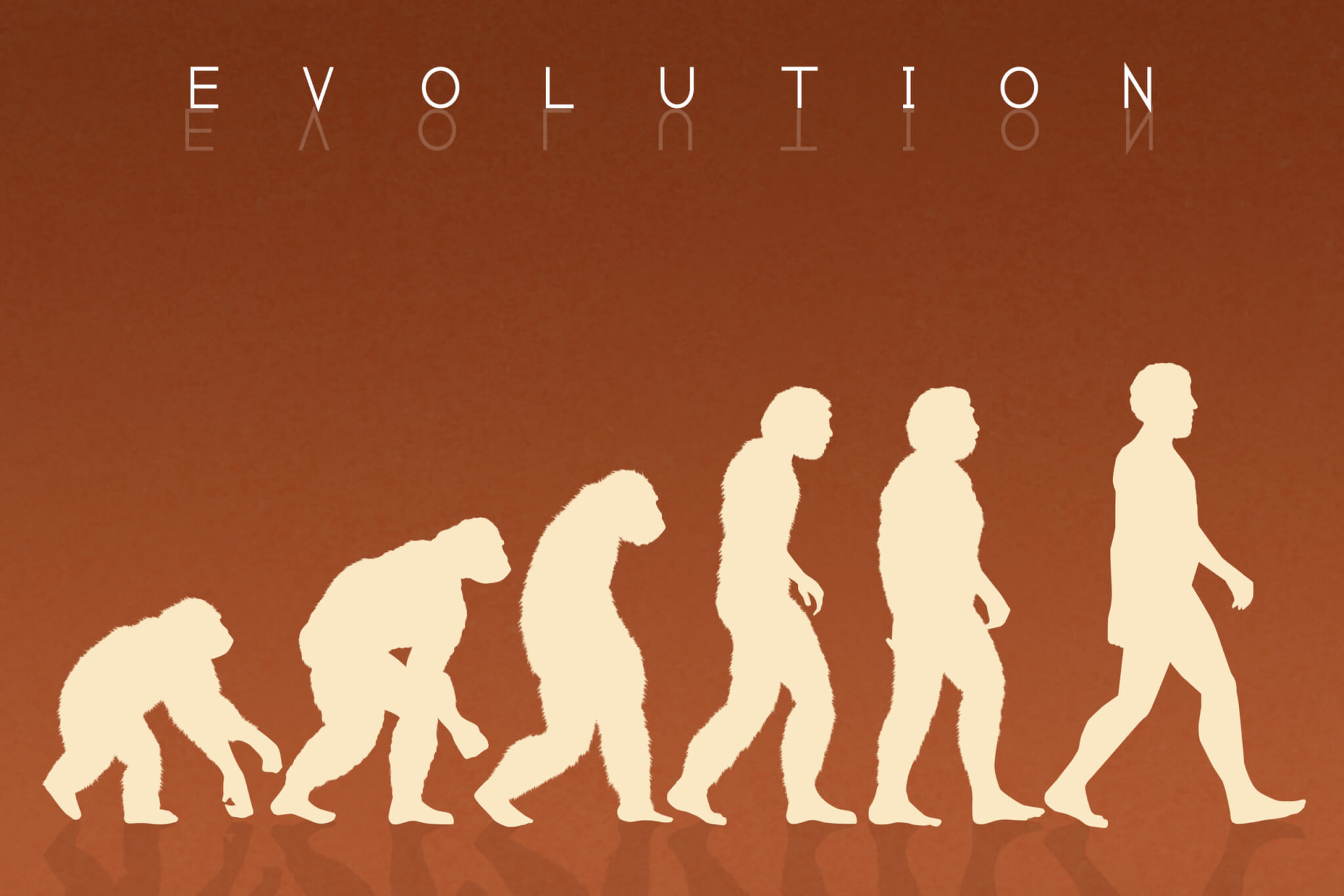ST. LOUIS — Climate change may have contributed to the increase in the brain size of human ancestors, a new study suggests. A researcher from Washington University in St. Louis analyzing the impact of climate change on early humans has found that it likely led to “dramatic” increases in brain size and intelligence nearly a million years ago.
During severe glacial phases, Professor Bruce Petersen found that “positive assortative mating” (PAM) — the tendency for animals to choose mates more similar to themselves — increased in the ancestors of Homo sapiens. This increase was due to the rising importance of commodities like fire, food, and shelter.
The researcher used basic assumptions and simulations, drawing from existing knowledge about ancient hominins — members of the zoological tribe Hominini, of which humans are the last surviving species. They concluded that changes in climate led to successive growth in brain size.
Petersen explored how climate change may have contributed to the increase in hominin brain size. Their paper focused on hominin evolution between 300,000 and 700,000 years ago — a period marked by sharp increases in both absolute and relative brain size, as well as significant behavioral developments in areas like language capacity.
“It has long been argued that climate change was an important driver of hominin evolution, with considerable attention given to glacial (cold) phases,” the study author writes in PLoS ONE. “For example, Calvin emphasizes that ice ages likely greatly sped up gains in brain size and intelligence.”
“Sexual selection is a key component of the model. In ‘The Descent of Man, and Selection in Relation to Sex,’ Darwin placed great emphasis on sexual selection for hominin evolution,” Petersen continues. “However, its role as an evolutionary force was then largely ignored for over a century.”
“This paper considers how climate change, together with assortative mating and parental cooperation, could have sped up the evolution of complex cognition in Middle Pleistocene humans.”

The paper explores how climate change, assortative mating, and parental cooperation could have sped up the evolution of complex cognition in Middle Pleistocene humans. The researchers explained that a set of “home-produced family public goods,” including fire, shelter, conversation, and child training, became critical for survival, especially during severe glacial phases, to prevent cold-related deaths from hypothermia.
They considered three types of hominins: the most intelligent but weakest; an “intermediate” set; and the strongest but least intelligent. During inter-glacial periods, the most intelligent type would have been considered the least desirable mates. But as the climate deteriorated, public goods gained value, and intelligent mating pairs became more essential.
The study’s simulations concluded that positive assortative mating of the intelligent type would not only produce the fittest offspring but might also be the only pairing capable of surviving a severe glacial period. Prof. Petersen, a member of the research team, explained that the mating of more intelligent hominins may have contributed to accelerated advancements in language and fire control.
“The model indicates that periods of severe climate change, beginning with MIS 16, would have led to positive assortative mating,” Petersen’s team writes. “This means that mates are less specialized, in part because complementarities arise only when mates work together.”
“An efficient mating system surely became ever more important with the lengthening of offspring dependency and the start of the severe glacial phases,” Petersen says. “Second, many scientists have argued that the enormous advantages of both language and fire would have placed strong selective pressures on these behaviors.”
“The present paper provides a model of how a selection process, operating through assortative mating, may have accelerated the acquisition of language and the control of fire.”
“Finally, this paper suggests that the economics of the family, particularly the focus on assortative mating as noted below, can be useful for future research on the evolution of sexual dimorphism in Homo.”
Prof. Petersen adds that the model predicts that the decline in body size dimorphism in Homo may have continued into the era of Homo heidelbergensis, an extinct human species.
In conclusion, the paper posits climate change as a leading explanation for the evolution of hominin intelligence. It emphasizes sexual selection and parental cooperation, in conjunction with severe glacial phases, as major drivers. Utilizing core economic principles, the model shows that negative assortative mating can shift to positive during severe glacial phases. Once this switch occurs, the incentives for intelligent pairings become greater, aligning with evidence on speciation, stasis, and increases in brain size. The paper represents a novel application of economic principles to explain human evolution, shedding new light on the intricate interplay between climate change, mating preferences, and intelligence.
South West News Service writer James Gamble contributed to this report.


Just what we need.
Climate change? You mean when the asteroid obliterated the planet and most life died off, and “we” the little monkey things survived then over thousands of years we evolved mutations that gave us larger brains?
So, you’re trying to use that to say something about global warming today?
There are plenty of arguments to say that is total nonsense. The first one would be that after the meteor strike the world cleared up. In our global warming scenario today that CO2 and methane is still going to be around and there will not be as much life or ecosystem to recover, nor are their any environmental pressures for us to evolve larger brains,
Okay, it’s just getting stupid now. The “science” has become just as fake as the “news”.
Stop it.